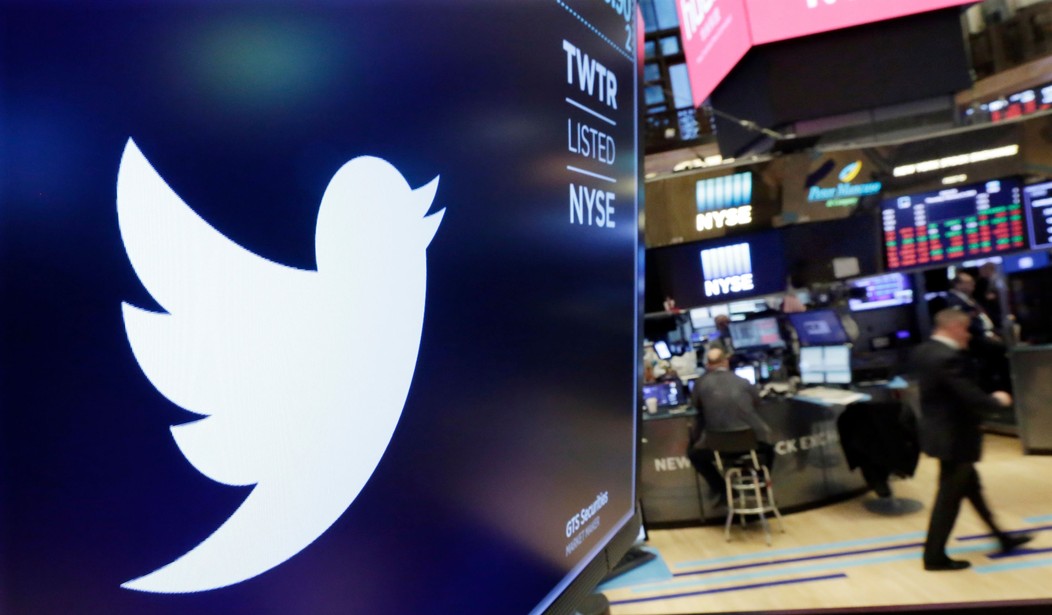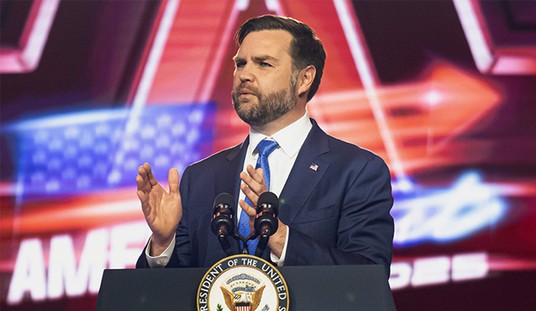I remember a time when I thought Twitter was my favorite social media platform. I had interactions with bands whose music I enjoyed, actors I loved to watch, theologians I respected, and even politicians I supported. I don’t remember exactly when Twitter became so politically charged and so much less fun, but it has.
Conservatives have had a beef with Twitter for the past few years, and with good reason. The social media giant regularly suspends and bans users with a center-right perspective, while allowing despots like Iranian leaders and members of the Taliban to continue to have a platform.
Complaining about left-wing bias on Twitter is the low-hanging fruit of social media griping, but how true is it? We can certainly see the way the company treats conservatives, but new data from Twitter demonstrates that conservative-leaning sites, legislators, and media outlets gain higher prominence than left-wing ones do.
How? It all comes down to the algorithm.
Related: Twitter Suspends GOP Congressman for Saying Rachel Levine Is a Man
Twitter’s own report from researchers within the company, along with academics at Berkeley, Cambridge, and University College London, bears out what’s happening:
Our results reveal a remarkably consistent trend: In 6 out of 7 countries studied, the mainstream political right enjoys higher algorithmic amplification than the mainstream political left. Consistent with this overall trend, our second set of findings studying the U.S. media landscape revealed that algorithmic amplification favours right-leaning news sources.
You see, the algorithm reflects what Twitter’s users share and what they want to see. As Tim Worstall puts it at the Washington Examiner, the algorithm is how the average Twitter user will “train his or her own feed” to show preferred content.
Worstall goes on to point out how the average social media user leans to the right of those who work for the social media companies, so naturally, the bias will skew at least somewhat to the right:
Thus, this prominence of right-wing ideas is nothing to do with any positive right-wing bias in the coding. It’s the system of measurement itself that causes the observation. In the Twitter paper, the comparison is between how left-wing and right-wing sources gain amplification. But our definitions of what is the “Right” and the “Left” are different. The media are a few steps to the left of the country, while the population on Twitter is more representative of a few steps to the right of the population. Given that different perception, the Right will gain more amplification from the personal tastes of the system users.
There’s another interesting bit of data in the Twitter report. For all the carping from both sides about the amplification of extreme voices, the research demonstrates that more reasonable debate continues to prevail:
We further looked at whether algorithms amplify far-left and far-right political groups more than moderate ones: contrary to prevailing public belief, we did not find evidence to support this hypothesis.
The question is this: What will the folks at Twitter do with these findings? Will they leave things alone and let the algorithm continue to do what it does, or will they tweak the algorithms to downplay conservative content?
It’s tough to say, because they’re pretty successful at suppressing conservative voices, as we here at PJ Media have seen recently:
THREAD: PJ Media's account was locked by science deniers at @Twitter because we refuse to lie about Rachel Levin's gender. They'll hold our account hostage until we "acknowledge" the error of our ways. Every cell in Levin's body is coded with male DNA, yet we're in the wrong? pic.twitter.com/SK35qm6AZa
— Paula Bolyard (@pbolyard) October 26, 2021
At the end of the day, these findings are fascinating. The amplification of reasonable conservative voices in the algorithms of users is all well and good, but it’s not stopping Twitter from trying to silence those voices in other ways. But the truth is that Twitter isn’t fun anymore because the speech police run their radars there in full force.










Join the conversation as a VIP Member